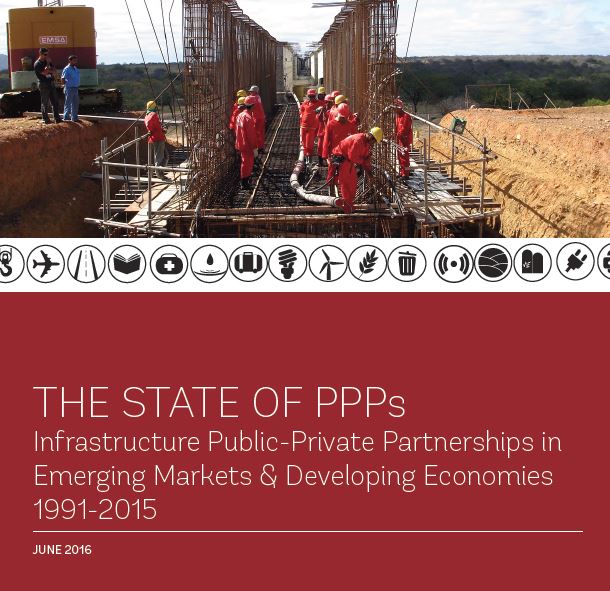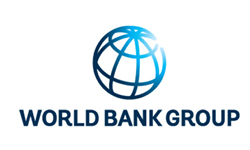927 results found
Featured results



More results
To improve the infrastructure project development process, the MIWM has developed an investment program called MIRT (Multi-Year Programme for Infrastructure, Spatial Planning and Transport).

Due to rising energy prices, the Dutch Government has placed emphasis on meeting national energy performance objectives through the reduction of fossil fuel consumption. The Dutch Government is seeking innovative solutions to deliver more energy and cost-efficient buildings, as well as achieving Net Zero Energy buildings by 2020. The retrofits include installation of rooftop solar panels and other insulation technologies.
In the Netherlands, the regulatory requirement is that the surface layer of asphalt roads have a whole-of-life span of six years. Currently, 60% of rubble from broke-up old roads can be reused in the construction of new roads, however increasing that percentage of reuse is mostly improbable due to stability and safety concerns. Dura Vermeer, a Dutch construction, infrastructure, and engineering business, has developed the technology to create top layer asphalt which can last up to 15 years (twice as long as current asphalt roads), but costs 10% more than regular asphalt roads.
The Netherlands has strong infrastructure procurement processes, regulatory frameworks, and infrastructure governance systems, which help encourage infrastructure investment and competition among suppliers.

This paper—through a comparative analysis of data from Wuhan and Amsterdam—explores the reasons why the two countries have gone in different directions

Good governance is key to excellence in infrastructure development. These five countries are showing the way.

This report addresses the critical question: how can the public and private sectors build successful partnerships?



This report uses data from the PPI Database to analyze broad trends of PPP investment in infrastructure from 1991 to 2015.



This PPP checklist is an extension of the initial framework.



The Framework provides systematic structure for proactively disclosing information pertaining to PPP Projects.



This publication discusses financial viability support in the global landscape of infrastructure finance.



Between September and October 2018, we gathered the views of 118 power and utility company executives from over 100 companies and 56 different countries or territories in Europe, the Americas, Asia Pacific, Middle East and Africa.



This paper provides an overview of the IaDB-designed approach to monitoring rural water supply service delivery.



Overall, the study has taken a broad approach to defining OA - going well beyond the minimalist notion of simply guaranteeing legal access to the grid for generators and wholesale buyers.



This publication consists of analysis on the relationship between GDP growth and traffic growth and converting emerging market growth into investment opportunities.


This publication draws on the Private Sector Participation (PSP) experience of four emerging economies Brazil, Peru, the Philippines, and Turkey based on in-depth case studies by Energy Sector Management Assistance Program (ESMAP).

This report evaluates recent developments regarding public-private partnerships (PPPs) in Latin America.

BCG has identified a series of best practices that underlie successful PPPs.


The Reference Guide attempts to provide the most relevant examples, references and resources to help readers inform themselves on key PPP topics.



By delivering efficient, cost-effective and innovative maintenance services, well-designed output and performance-based road maintenance contracts can help maintain road assets and achieve value-for-money.







 InfraCompass
InfraCompass

